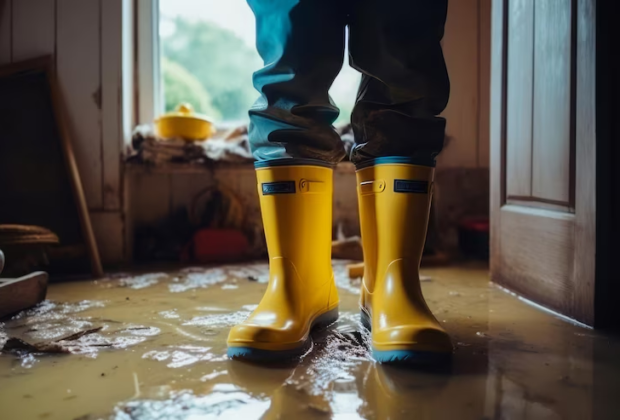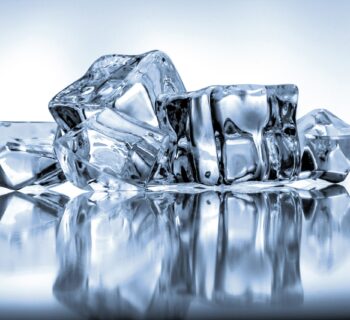The water damage in your house can raise several serious challenges, including the risks of structural damage, mold growth, and personal property damage. No matter if the damage is due to a bursting pipe, flooding, or a leaking roof, handling the water damage instantly is critical to avoid further deterioration of the house and restore it to its pre-damaged condition.
Here in this guide, we are going to discuss a few important aspects of water damage restoration and avoiding long-term effects. To learn more, keep reading till the end.
- Safety First
Being safety-centered is essential while trying to restore the place. You and your family should be the first ones to be taken care of. Inspect the affected location to make it safe by inspecting for gas leaks, structural damages, and other damages. Strictly prohibit the use of electricity and gas in that region to escape possible hazards. Use personal safety equipment such as protective clothing, gloves, a protective mask, and safety goggles to avoid direct contact with contaminants and spores.
- Assess the Damage
Before beginning the restoration process, assess the damaged area to make certain that area is cleared of structural hazards. The extent of water damage will have to be assessed. Mark out areas that have been impacted, and the items like furniture and other personal belongings that will require replacement. Record the damage using photos or pictures because that might be a necessity for claiming insurance. Try to track down the origin of the water seepage and try to rectify that area to avoid any future leaks or flooding.
- Remove Standing Water
Fast removal of water is necessary from damp places to avoid yeast growth and to limit damage to the structure. Make use of pumps, wet-dry vacuums, and buckets to clear affected areas. Ensuring a constant ventilation mechanism using fans and dehumidifiers to dry out carpets, sofas, and other porous items. Discard the damaged items appropriately without harming the environment. Moreover, aim to save those items that you can restore through proper cleaning and air-drying methods.
- Clean and Disinfect
After eliminating the standing water, perform a comprehensive clean-up and disinfection, to eliminate harmful bacteria such as mold, microorganisms, and mildew from the affected surfaces. Dilute water in which you will add detergent and clean walls, floors, and other hard surfaces using it. After the area has dried, start the restoration process. It is very important not to let mold grow back.
- Restore and Repair
Lastly, devote time to restoring any structural damages or materials that were damaged or destroyed. Substitute the existing drywall with drywall repair, insulation, and flooring if possible. Repair or replace malfunctioning sewerage, plumbing, roofing, or drain systems so that you eliminate the problem from the source. And you can prevent similar occurrences in the future.
Make sure to use the skills and knowledge of experts like contractors, plumbers, and specialty restoration staff to tackle complex renovation tasks especially when you are not sure about the gravity of the damage.








